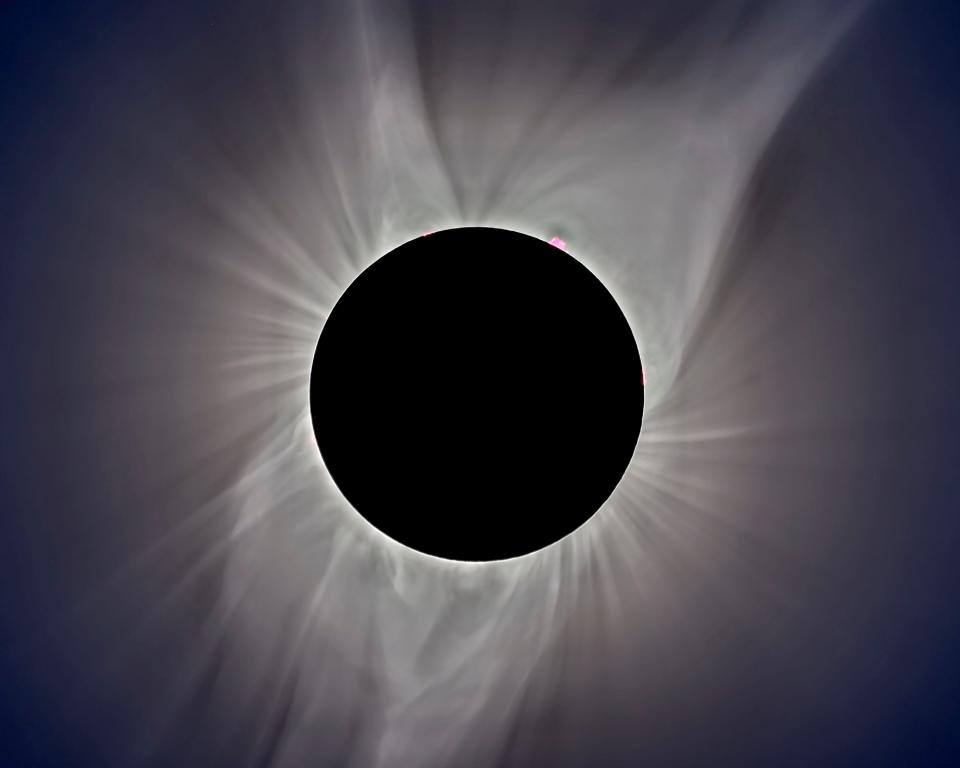Can a solar eclipse blind you? Five popular myths and what the truth really is
We are officially less than a month before the solar eclipse.
On April 8, the moon will pass between the sun and the Earth, giving people across North America a chance to see the solar eclipse.
But should you? Is it dangerous to watch the celestial event of 2024?
Let's find out.
▶ Here's what to know about the upcoming solar eclipse, and where to watch at the Shore
Solar eclipses don't (usually) blind people
Once the eclipse reaches totality, the visible corona emits electromagnetic radiation that can appear with a green hue, according to NASA.
The coronal light is not able to blind a person who is looking at it as it crosses over 90 million miles of space before reaching Earth.
If you stare at the sun before or after totality you will see the sun's surface and the light may cause retinal damage. NASA says that it is human instinct to look away before it does.
Solar eclipses don't do damage during pregnancy
While the sun's corona does emit electromagnetic radiation seen as light, the radiation does not harm pregnant women, according to NASA.
A form of radiation called neutrinos reach the Earth from the sun on a daily basis and pass through the moon during an eclipse. The neutrinos do not cause harm to people.
▶ Embrace the darkness. Here are 2 cities within a day's drive of NJ to see total eclipse

You can see solar eclipses at the poles
It would be fair to assume that eclipses would be hard to view from the North and South Poles, however NASA says that there is not anything particularly special about the poles when it comes to eclipses.
Santa's neck of the woods saw a total eclipse on March 20, 2015 at the same time as the Spring Equinox. The South Pole saw a total eclipse on November 23, 2003.
Solar eclipses are not omens
Cultures throughout time have tied negative superstitions to the solar eclipse.
Multiple cultures tied the sun's disappearance to it being consumed by a monster or other evil being.
The deaths of notable people close to eclipses — including French Emperor Louis the Pious on May 5, 840 and the Prophet Mohammad's son Ibrahim on Jan. 27, 632 — further tied negative beliefs to the astral event.
However these associations are caused by confirmation bias according to NASA, which the American Psychological Association defines as, "the tendency to look for information that supports, rather than rejects, one’s preconceptions."
Confirmation bias also explains the tendency to tie astrological forecasts to the eclipse.
The moon does not turn entirely black during a solar eclipse
While photographs of the moon during the eclipse show a completely black disk, NASA says that you may still be able to see the moon's surface during an eclipse.
The moon can be illuminated by earthshine or light reflecting off the earth. There is enough earthshine to see the surface of the moon faintly, according to NASA.
This article originally appeared on Asbury Park Press: Solar eclipses come with a lot of myths, assumptions: Don't buy these

